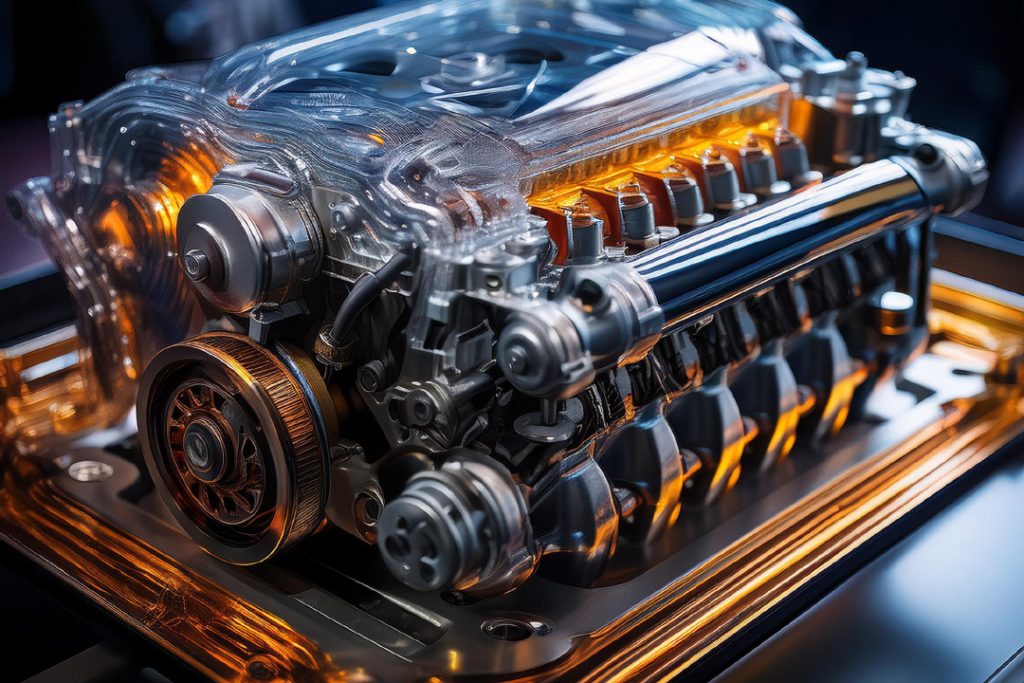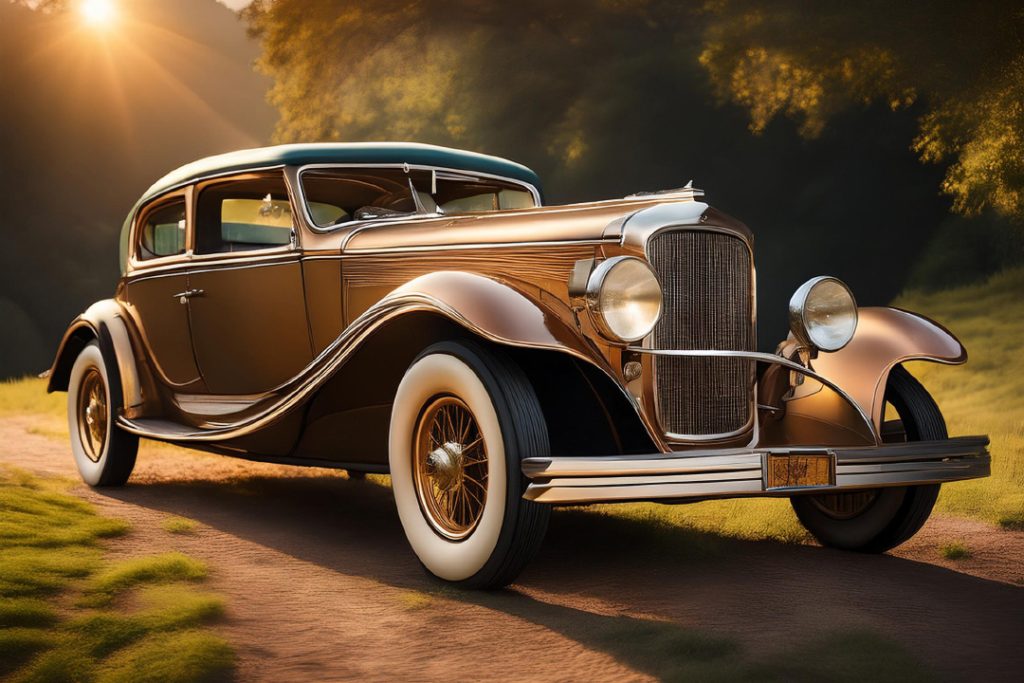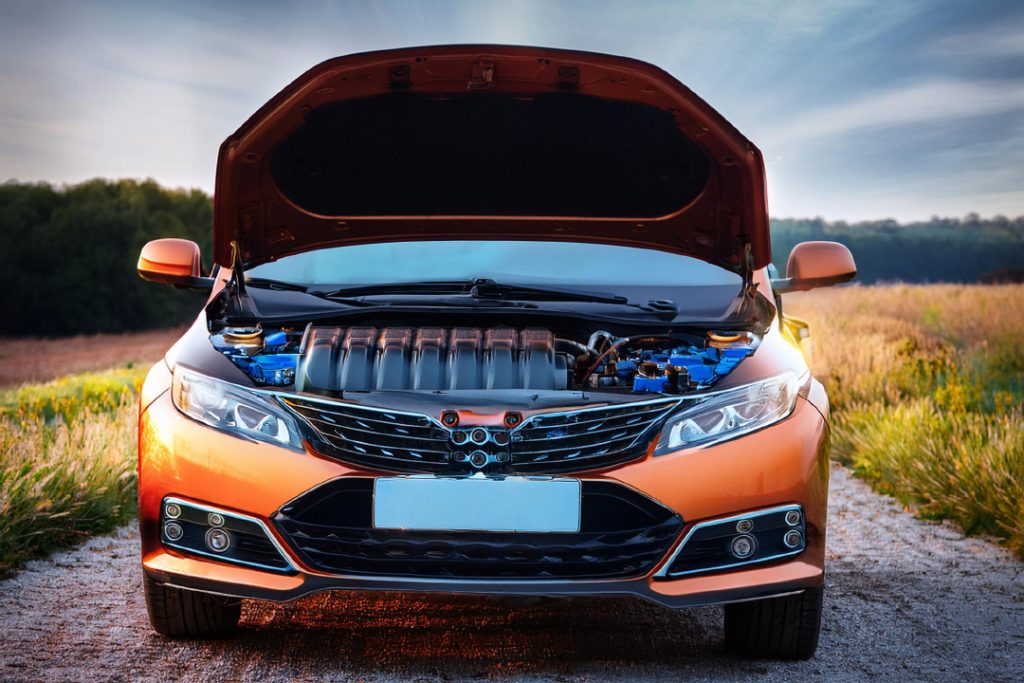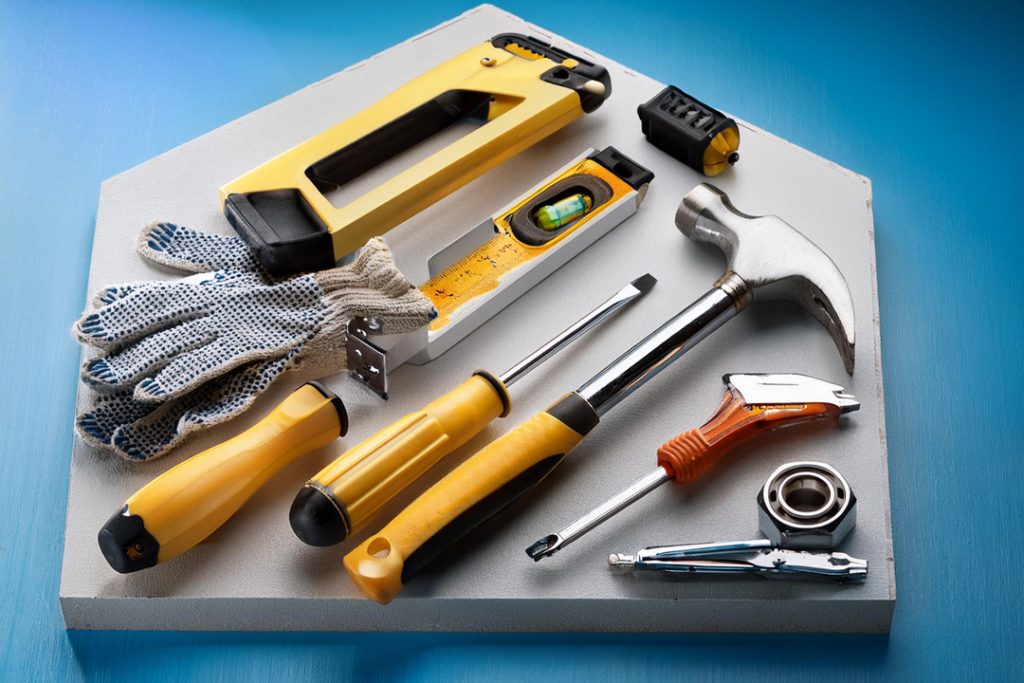Understanding Car Transmissions
Alright, let’s talk about something that keeps your car going – the transmission. It’s not some boring tech stuff; it’s like your car’s conductor orchestrating how smoothly you roll down the street.
Why Car Transmissions Matter
So, why should you care about car transmissions? Well, picture this – without them, your car is like a one-speed bike, no matter how much you pedal, you’re either crawling or hurtling. Transmissions help balance that act, transferring the engine’s power to your wheels in a way that makes driving fun and safe.
Here’s what good ole transmissions do for you:
- Get you from 0 to 60 without whiplash.
- Save you some bucks on gas.
- Keep your ride smooth and safe.
- Make sure your engine doesn’t give up before you do.
How Car Transmissions Work
Alright, let’s break down the mystery of transmissions with no techno-gibberish. Imagine them as the mood ring of your car, converting engine power into movement as per your driving conditions. They’re a mix of gears and shafts all partying together to adjust your car’s speed and torque.
In simpler terms, here’s the drill:
- Gear Selection: You or the car’s computer picks the right gear.
- Power Transfer: That gear then clicks into place, partnering up with another for gameplay.
- Speed ‘n Torque Tweak: Gears change the speed and strength (torque) your car’s wheels need.
Let’s get a peek into gears:
| Gear | Speed | Torque |
|---|---|---|
| 1st | Turtle | Hulk |
| 2nd | Giant Tortoise | Sub-Hulk |
| 3rd | Jogging Pace | Regular Joe |
| 4th | Speed Walker | Light Beefcake |
| 5th | Sprinter | Skinny Guy |
Wanna tackle more on how cars roll? Check out how cars work – it’s a cool dive into car mechanics. If you want to see why the engine and transmission are basically BFFs, have a look at car engine anatomy.
Once you get the hang of why understanding transmissions is key, we can explore the different kinds—each one has its own quirks, fitting various driving styles and needs. Buckle up—it’s going to be a ride!
Stick Shifts: Getting the Hang of Manuals
There’s something classic about manual transmissions. They give you a more connected experience with your car, and many say they offer better control and efficiency.

How Do Manual Transmissions Tick?
Your average stick shift setup has three main players: the clutch pedal, the gear shift, and the engine. When you press the clutch pedal, you disconnect the engine from the transmission. This lets you shift gears smoothly.
Here’s how it breaks down:
- Pressing the Clutch: Push down that clutch pedal to disconnect the engine from the transmission.
- Picking a Gear: Move the gear shift to pick the gear you want.
- Letting Go of the Clutch: Ease off the clutch pedal while giving it some gas with the accelerator.
- Power Time: The engine sends power to the wheels through your selected gear, making the car move.
| Part | What It Does |
|---|---|
| Clutch Pedal | Separates the engine and transmission |
| Gear Shift | Chooses the gear |
| Transmission Gears | Adjusts speed and power |
You can get knee-deep in car mechanics if you check out our piece on car engine anatomy.
Stick Shifts: The Good and The Bad
Driving a stick shift comes with its perks and drawbacks.

The Upsides:
- Total Control: You decide what gear you’re in, which can mean smoother handling.
- Fuel Savvy: Often, manuals sip less gas compared to automatics.
- Low-Cost Fixes: Simpler and cheaper to maintain and fix.
The Downsides:
- Learning to Drive: Takes time and practice to get smooth with a manual.
- More Work: Using that clutch in bumper-to-bumper traffic can wear you out.
- Selling It: Manuals don’t always fetch the same price in resale.
| Feature | Manual Transmissions |
|---|---|
| Control | High |
| Fuel Efficiency | Better |
| Maintenance | Cheap |
| Learning Curve | Steep |
| Driver’s Effort | Considerable |
| Resale Value | Sometimes Lower |
Knowing how a manual transmission operates can give you insider knowledge of different car transmissions. If you’re curious about the broader workings of vehicles, check out our article on how cars run.
Automatic Transmissions
Automatic transmissions are pretty standard these days, known for being user-friendly and comfy. Let’s dig into how they work, the perks, and the downsides.
How Automatic Transmissions Work
Automatic transmissions shift gears for you, so you don’t have to mess around with a clutch. They do this with a mix of mechanical bits, hydraulic systems, and electronics. Here’s a quick rundown:
- Torque Converter: Think of this as the stand-in for the clutch in a manual car. It hooks up the engine to the transmission using fluid to transfer power.
- Planetary Gear Sets: These gears work together to give you multiple gear ratios.
- Hydraulic System: This uses transmission fluid to shift gears and apply pressure where it’s needed.
- Electronic Control Unit (ECU): This little genius monitors everything and controls the hydraulics to ensure smooth gear changes.
Want more nitty-gritty details? Check out our car engine anatomy article.
Pros and Cons of Automatic Transmissions
Automatic transmissions come with their own set of ups and downs.

Pros:
- Easy Peasy: No need to shift gears yourself, which is a lifesaver in traffic.
- Smooth Ride: Gear changes are usually seamless, giving you a steady drive.
- Less Tiring: Perfect for long trips or stop-and-go traffic.
Cons:
- Guzzles More Gas: Generally less fuel-efficient because of energy loss in the torque converter.
- Pricey Upkeep: More complicated systems mean higher repair bills.
- Less Fun for Some: Some folks feel less connected to the car.
| Transmission Type | Ease of Use | Fuel Efficiency | Maintenance Costs | Driving Experience |
|---|---|---|---|---|
| Manual | So-so | Great | Cheap | Great |
| Automatic | Easy | Okay | Pricey | So-so |
| CVT | Easy | Great | Medium | So-so |
| Dual-Clutch | Easy | Great | Pricey | Great |
Curious about how these parts work together? Head over to our section on how cars work to learn more.
This should make the info easier to absorb, adding a bit of humor and simplicity while keeping things engaging and on point. Happy driving!
Continuously Variable Transmissions (CVT)
How CVT Works
Imagine gliding on the smoothest road ever— that’s a CVT for you. A Continuously Variable Transmission ditches the usual gears for a seamless drive. No crunchy gear changes here; just pulleys and belts making nice to give you smooth acceleration and better gas mileage.
Here’s how it breaks down:
- Primary Pulley: Hangs out with the engine
- Secondary Pulley: Best buddies with the wheels
- Belt: Like the middle-man, moving power around
These pulleys change size, which adjusts the gear ratio on the fly. It’s a continuous dance that lets your car find the sweet spot for any speed, making every ride smoother and more efficient.
Pros and Cons of CVT
Pros
- Fuel Efficiency: The CVT keeps your engine chillin’ at its most efficient speed, saving you gas money.
- Smooth Acceleration: No more jerky shifts, just smooth sailing as you hit the gas.
- Compact Design: Smaller and lighter than your grandpa’s transmission – easier on your car and your mechanic.
Cons
- Limited Torque: Not great for those “need-for-speed” moments; it struggles with high power.
- Driving Feel: Some people miss that old-school gear-shift feel – it’s kind of like driving nostalgia.
- Maintenance Costs: They’re a bit high-maintenance, so repairs can cost a pretty penny.
| Aspect | Pros | Cons |
|---|---|---|
| Fuel Efficiency | Saves more gas | – |
| Acceleration | Smooth as silk | No fun gear changes |
| Design | Smaller and lighter | More expensive repairs |
| Torque Capacity | – | Weak on power for sporty drives |
Dying to know more about car stuff? Jump into our automatic transmissions guide or get nerdy with our car engine anatomy.
Dual-Clutch Transmissions
How Dual-Clutch Transmissions Work
Dual-clutch transmissions (DCT) are a type of automatic gearbox using two clutches, split between odd and even gears. Forget your standard torque converter—DCTs ride on a different wavelength.
In a DCT setup, you’ve got one clutch holding the odd-numbered gears (1st, 3rd, 5th, etc.) and another clutch on the even ones (2nd, 4th, 6th, etc.). This tag-team operation lets it switch gears practically in the blink of an eye. When you’re cruising in one gear, the next one is already waiting in the wings, prepped to engage in milliseconds.
| Gear Set | Clutch in Charge |
|---|---|
| Odd-numbered gears | Clutch 1 |
| Even-numbered gears | Clutch 2 |
This dual arrangement cuts down on power loss and lag during shifts, giving you a smoother, faster ride compared to those old-school automatic transmissions. All this is controlled by a whiz-bang electronic brain that handles the timing like a pro.
Pros and Cons of Dual-Clutch Transmissions
Pros
- Lightning-Fast Shifts: DCTs change gears quicker than you can say “Zoom-Zoom,” making your ride feel sportier and more responsive.
- Better Fuel Economy: With more efficient shifting, DCTs can save you some cash at the pump compared to traditional automatics.
- Smooth Sailing: Thanks to gears being pre-selected, shifting doesn’t feel like a roller coaster with jerky movements.
Cons
- Complex Much?: With great tech comes great complexity. More parts mean it might cost more to fix when things go wrong.
- Heat Is the Enemy: These systems can get really hot, so good cooling is a must to keep everything running smoothly.
- Traffic Hassles: In stop-and-go traffic, DCTs might get a bit clunky, struggling to stay as smooth as your usual automatic.
Wanna dig deeper into car tech? Check out our write-up on car engine anatomy to see what makes your engine tick, or explore the basics of how cars work for a broader view.
Tiptronic and Paddle Shift Transmissions
What’s the Deal with Tiptronic and Paddle Shift Transmissions?
So, you’ve got a car, and it feels like it’s running the show. You’re just the person steering it. But what if you could take a bit more control without completely switching to manual transmission? That’s where Tiptronic and paddle shift transmissions come in. These systems give you the power to manually control your gears while still enjoying the chill vibes of an automatic.
Tiptronic Transmissions: The Best of Both Worlds
Tiptronic transmissions let you switch back and forth between automatic and manual modes. It’s like having two cars in one. Flip it to manual, and you can shift gears up or down by simply moving the shift lever. This setup uses an automatic transmission but gives you that sweet, manual feel when you want it.
Paddle Shift Transmissions: Buttons on Steroids
Paddle shift transmissions give you control through paddles on your steering wheel. The right paddle shifts up, while the left paddle shifts down. No need for a clutch pedal here. It’s manual shifting for the multitasking generation! You get to change gears without ever letting go of the wheel, making it feel like a video game.
Both types give you a better connection with your car’s performance, making driving less of a chore and more of an experience.
Pros and Cons: Tiptronic vs. Paddle Shift
| Aspect | Tiptronic Transmissions | Paddle Shift Transmissions |
|---|---|---|
| Manual Control | Use a shift lever to change gears | Use paddles on the steering wheel to change gears |
| Ease of Use | Combine automatic convenience with manual control | Keep your hands on the wheel while shifting gears |
| Performance | Make driving more engaging and exciting | Quick gear changes boost your car’s responsiveness |
| Cost | More expensive than regular automatics | Usually pricier due to the advanced tech |
| Maintenance | Similar upkeep needs as automatics | Same maintenance as automatics |
| Driving Experience | Balance between automatic and manual | Sportier, more interactive ride |
Tiptronic and paddle shift transmissions can really spice up your driving experience. Want to dive deeper into car mechanics? Check out our articles on car engine anatomy and how do cars work.
Here some recommended links selected for you: The Best Books of the Month, Todays best Deals at Amazon, Best Sellers in Cell Phones & Accessories and last but not least the easy and great way to send a gift for the holidays: Amazon.com eGift Card (Instant Email or Text Delivery).




